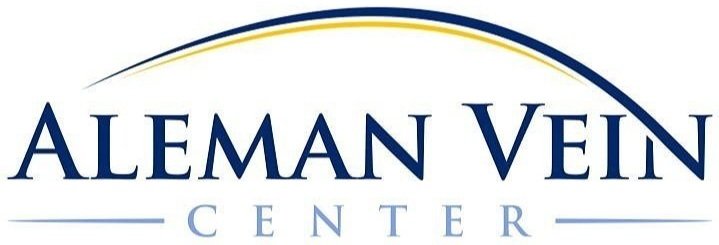How Are Varicose Veins Treated?
Vein treatments have evolved tremendously over the past 20 years. There are several treatment options available for varicose veins, depending on the severity and location of the veins. It is important to see a physician who specializes in the diagnosis and treatment of venous disease to determine which is the appropriate, safe, and effective option for your particular situation.
Some common treatment options include:
1. Compression stockings: Wearing compression stockings can help improve blood flow in the legs and reduce swelling and discomfort associated with varicose veins. They do not make veins go away and have little effect on progression.
2. Sclerotherapy: This involves injecting a special solution directly into the affected veins, which causes them to collapse and eventually disappear. There are a few different types of sclerotherapy that are used in different situations. Large and bulging varicose veins are typically treated with ultrasound guided foam sclerotherapy. Spider veins are usually treated with liquid sclerotherapy. Liquid sclerotherapy is still the best option for spider veins. While there are surface lasers made to treat spider veins, the treatment is usually less effective and more painful than sclerotherapy.
3. Endovenous thermal ablation: This procedure uses heat to close off the affected veins. It can be done using Endovenous Radiofrequency Ablation (RFA) or Endovenous Laser Ablation (EVLT or EVLA) . These procedures are minimally invasive and usually performed in the office without the need for sedation. They target the deeper sources of venous reflux that are feeding into large varicose veins. Treatment often begins with this procedure, but it doesn’t make all of the other veins go away. Follow-up treatments are frequently necessary to treat the other veins.
4. Vein stripping: This is a surgical procedure in which the affected veins are removed through incisions in the skin. This is a more invasive procedure that has largely been abandoned for less invasive vein treatment options. If your mother or grandmother had vein treatment that required hospitalization and a long, painful recovery, she probably had this type of surgery.
5. Ambulatory phlebectomy: This is a minimally invasive surgical procedure that involves removing smaller varicose veins through small incisions in the skin.
The choice of treatment depends on the individual patient's symptoms, the severity of the varicose veins, and other factors such as the patient's medical history and personal preferences. It is important to speak with a vein specialist to determine the best treatment approach for your specific situation.
It is important to remember that vein disease is chronic and progressive, so it is important to find someone who will be available in the future if you have recurrent problems. Unfortunately, an approach of “one and done” procedures doesn’t typically produce long term results.
At Aleman Vein Center, we offer comprehensive care for venous disease and we will continue to be available and capable of offering treatment if you have progression in the future.

